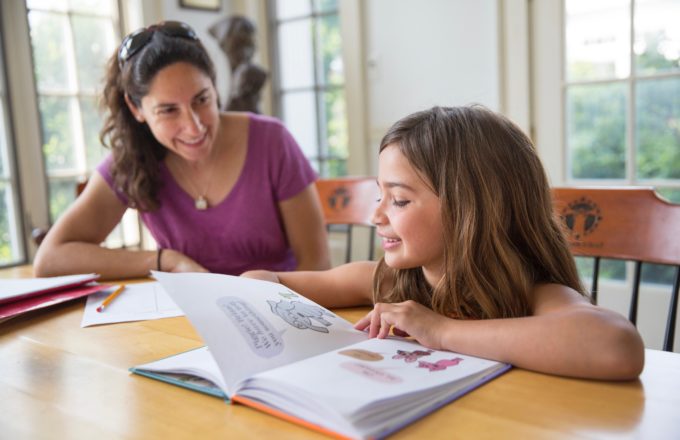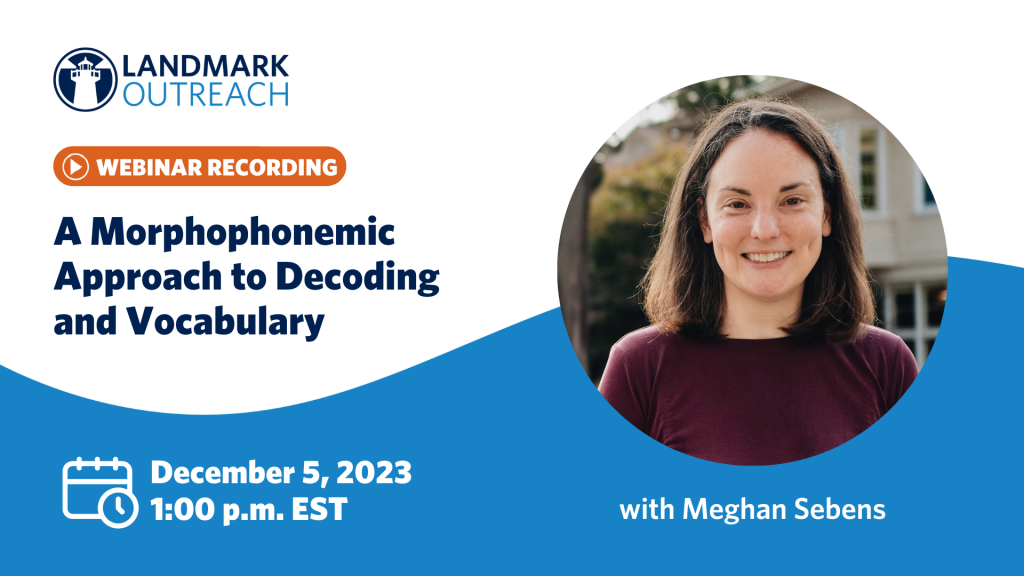Vocabulary Development is Critical
Special education teachers place a particular emphasis on effective strategies for teaching reading and vocabulary development, an area where most students with language-based learning disabilities (90%) have significant difficulties (Vaughn, Moody, and Schumm 1998). Rupley, Logan, and Nichols (1998) note that vocabulary development is a crucial aspect of successful reading, primarily, because a highly evolved vocabulary enhances a student’s ability to infer meaning and comprehend what is read. Vocabulary instruction, therefore, is a critical component of an individual’s education.
The simplest approach to teaching vocabulary words and their definitions is to have a student find a target word in a dictionary and to write out its meaning (Stahl 1986). Unfortunately, as many teachers are keenly aware, the most parsimonious approach is not always the most effective approach. In fact, researchers (e.g., Stahl 1986) have raised concerns about the “find and define” technique, because it does not help the learner understand the meaning of a word in context and, accordingly, results in poor recall and retention. One alternative is to build new knowledge on existing knowledge, that is, to take a constructional approach. When such an approach is used for vocabulary instruction, learners do not merely memorize definitions; rather, they build relationships between preexisting knowledge and new information in an attempt to develop their vocabulary base. One teaching method used to accomplish this goal involves pairing pictorial images and printed words.
Coupling images and printed words can be useful for developing the vocabulary skills of students with language-based learning disabilities who have difficulty remembering the definitions of new words. One method of pairing involves linking a new word to its definition by way of a pictorial image. For example, on an index card, the word raconteur may appear directly below an animated picture of a raccoon telling a story to a group of crickets in a field. While the student examines the picture, the teacher explains that the word raconteur means “one skilled in the narration of anecdotes or stories.” According to Christen and Murphy (1991), the visual image provides the learner with a frame of reference from which to recall the definition under critical circumstances, for example, when the learner encounters the target word while reading or while taking a standardized test.
Why does the word-picture pairing procedure work? It appears that the effect of the procedure can be explained by the incorporation of “within-stimulus” prompts (Shreibman 1975). Within-stimulus prompts can be conceptualized as prompts that are incorporated into instructional materials. For example, in an effort to teach the meaning of the word oxalis, a teacher might present a student with the printed word along with a picture of an ox tugging a cloverlike plant from the ground. The teacher explains that oxalis means cloverlike plant. In this example, the word ox is embedded within the target word and, consequently, functions as a within-stimulus prompt when the word is seen in isolation. More to the point, the word ox can potentially remind the student of the picture of the animal pulling a plant from the ground, and that image can lead to the correct oral definition of the target word.
By Colleen Kelleher, Landmark School Preparatory Program, Assistant Director
Excerpted from “Proven Practice: Prevention & Remediation Solutions For Schools.” Volume 4, Number 2
References
Christen, W., and T. Murphy. 1991. Increasing comprehension by activating prior knowledge. Bloomington, IN; Indiana University.
(ERIC Document Reproduction Service No. 328885)
Rupley, W. H., J. W. Logan, and W. D. Nichols. 1998. Vocabulary instruction in a balanced reading program. The Reading Teacher, 52:336-46.
Shreibman, L. 1975. Effects of within-stimulus and extra-stimulus prompting on discrimination of learning in autistic children. Journal of Applied Behavior Analysis, 8:91-112.
Stahl, S. A. 1986. Three principles of effective vocabulary instruction. Journal of Reading 29:662-67.
Vaughn, S., S. W. Moody, and J. S. Schumm. 1998. Broken promises: Reading instruction in the resource room. Exceptional Children, 64:211-25.

